What is Geotextile?
Geotextile is a series of Geosynthetic Materials, mainly using polymers as raw materials and made through different processes such as woven, knitted, non-woven, wet-laid or composite processes. Due to the fact that most of these products have functions like drainage, filtration, isolation, reinforcement and protection, they are widely used in various construction fields such as water conservancy and hydropower, highways and railways, ports and airports, and environmental protection and etc. There are various types and specifications of Geotextiles, two types of which are widely used in the market: Polyester (PET) Short Fiber Nonwoven Geotextiles (commonly known as Short Fiber Geotextiles) and Polyester (PET) Filament Geotextiles.
Classification of Geotextile
Geotextile has many types. According to manufacturing process, it can be classified into four major types: Woven Geotextile, Nonwoven Geotextile, Wet-laid Geotextile and Composite Geotextile. According to different raw materials, such as PET, PP Filament or Staple Fiber, Plastic Tape Yarn, Plastic Split Film Yarn, Fiberglass and Basalt Fiber, it can be classified into nine types. According to different uses, it can be classified into four types: Drainage Filtering Geotextile, Isolated Geotextile, Reinforced Geotextile and Wrapped Geotextile.
A、According to the manufacturing process, Geotextile can be classified into four major types:
1、Woven Geotextile:
This kind of Geotextile Materials, whose raw materials such as synthetic filaments, or plastic tape yarns, or plastic split film yarns are arranged in a certain direction, is made through woven process.
Synthetic Filament Woven Geotextile, using high-strength industrial polypropylene (PP), polyester (PET), polyamide (nylon) and other synthetic filaments as raw materials, has high original strength. This kind of Geotextile made of synthetic filaments through woven process has a regular interwoven structure, improving its comprehensive bearing capacity, which forms an industrial product series of geotechnical materials in order to adapt to various characteristics and requirements of geotechnical engineering. It is widely used in geotechnical engineering such as rivers, coasts, harbors, highways, railways, docks, tunnels, bridges and etc, being able to meet various different purposes.
2、Nonwoven Geotextile:
Through different equipments and processes, the chemical short fibers or filaments form fiber nets, arranging the fibers randomly or directionally, and adhering with physical bonding, thermal bonding or chemical bonding through needle-punched, spun-bonded, etc. nonwoven technologies, which make different fibers interwoven, entangled and fixed together.
This Nonwoven Geotextile fabric standardized by nonwoven production process, which is soft, full, thick and stiff, can be made into different thicknesses to meet various usage requirements. Nonwoven Geotextiles have good fabric gaps and good adhesion, a certain degree of tear resistance whose fibers are soft, as well as good deformation adaptability and horizontal drainage ability. The surface of Nonwoven Geotextile is soft with many gaps, whose good friction coefficient can increase the adhesion ability of soil particles, and prevent small particles from passing through this fabric in which particulate matters are prevented flow away while excess water are eliminated; Its soft surface gives it good soil and water conservation ability.
Short Fiber Needle-punched Geotextile:
Short Fiber Needle-punched Geotextile, using polyester curled short fibers with the fiber fineness of 6D~2D and the length of 54mm~64mm as raw materials, is made through needle-punched nonwoven process including loosening, carding, randomly arranging, laying and needle-punching, which is mainly used in the reinforcement of railway bed, maintenance of highway pavement, protection of sports hall and dam, isolation of hydraulic buildings, tunneling, coastal mudflat, reclamation, environmental protection and other engineering fields.
3、Wet-laid Geotextile(commonly known as Fiberglass-Polyester Paving Mat):
A new type of Geosynthetic Material is made through Wet-laid Nonwoven Process, in which polyester short fibers and glass fibers are dispersed in water, following by bonding, dehydration, sizing, drying and forming.
Fiberglass-Polyester Paving Mat is a new type of fiberglass composite anti-cracking material, also a Composite Geosynthetic Material composed of 60% fiberglass and 40% polyester fibers, whose unique combination combines the strength of fiberglass and the flexibility of polyester fibers but not having their drawbacks.
Fiberglass-Polyester Paving Mat is a new type of Composite Geosynthetic Material developed after Geotextiles, Geogrids, and Strip Polymers, which has good compatibility with asphalt mixtures. Engineering practice has shown that Fiberglass grids don’t have waterproof function, and its grids can form an interlocking effect with asphalt mixture. However, during using, it is difficult to fix and easy to expansion and non adhesion, which affects the normal paving and reinforcement of asphalt mixture; Other types of Geotextiles can prevent water from penetrating downwards, but when the temperature of hot asphalt mixture paving exceeds 160 ℃, their strength and creep resistance are poor and cannot exert the effect of reinforcing and anti-cracking resistance; And Fiberglass-Polyester Paving Mat overcomes the shortcomings of both, because Fiberglass-Polyester Paving Mat is made of fiberglass and polyester through Wet-laid Non-woven Process, which can withstand high temperature construction of modified asphalt concrete, effectively treat road cracks and bridge deck and road surface water damage.
The characteristics and advantages of Fiberglass-Polyester Paving Mat include delaying reflective cracks, providing a super waterproof layer, being completely crushed and used for road regeneration, without deformation and wrinkling as well as stretching or deformation, and being able to withstand high temperatures of 258℃.
Its main application fields include cement concrete pavement renovation; Old road renovation and expansion project; Asphalt concrete cover; Municipal road cover engineering; Treatment of shrinkage cracks in semi-rigid base layer; Bridge deck waterproof layer.
4、Composite Geotextile:
It is a type of Geosynthetic Material composed of nonwoven fabrics and plastic films.
Composite Geotextile is usually made by mechanical reinforcement, whose surface has small holes or perforations to increase their grip in the soil. With good tensile, puncture resistance and aging resistance properties, it is usually used for isolating, filtering and strengthening soil, such as preventing foundation seepage, preventing rock erosion.
Composite Geomembrane:
It is a type of Geosynthetic Waterproof Material composed of nonwoven fabrics and plastic films, which has good waterproof and impermeable, aging-resistant, chemical stability and environmental performances. Composite Geomembrane made by hot-melting or glue-bonding, whose surface is smooth without small holes or perforations, is commonly used in various fields such as waterproofing, drainage and sewage treatment of buildings.
Composite Geotextiles and Composite Geomembranes are both members of the geosynthetic material family, widely used in fields such as highways, railways, water conservancy, large-scale construction, power plant ash dam construction, nonferrous metal tailings treatment, environmental protection engineering, and soil and water conservation. The service life of Composite Geotextiles or Composite Geomembranes is mainly determined by whether the plastic film has lost its function of impermeability and water insulation.
Warp-knitted Composite Geotextile:
It is a new type of Geosynthetic Material that is reinforced with Fiberglass (or Synthetic Fibers) and composite with Staple Fiber Needle-punched Nonwoven Fabrics.
Warp-knitted Composite Geotextiles are different from common Woven Fabrics, in which the intersections of warps and wefts lines are not bent and severally in a straight state. Using binding threads to tie firmly both of warp yarns and weft yarns can comprehensively and uniformly withstand external forces and distribute stress simultaneously. When the applied external force tears the material, the yarn will gather along the initial crack, increasing the tear resistance strength.
The Warp-knitted Composite Process, which uses warp-knitted binding threads to repeatedly thread among the Warp Yarns, Weft Yarns and Short Fiber Needle-punched Geotextiles' fiber layers, knitting the three into one, not only has the characteristics of high tensile strength and low elongation, but also has the properties of Needle-punched Nonwoven Fabrics. Therefore, Warp-knitted Composite Geotextile is a type of Geotextile that can be used for reinforcement, isolation and protection, as well as has good water gathering and guiding functions in both the three-dimensional overall direction and horizontal direction.
B、According to different raw materials, Geotextile can be classified into nine types:
1、PET Staple Fiber Needle-punched Geotexitle
2、PET Filament Geotexitle
3、PP Staple Fiber Needle-punched Geotexitle
4、PP Filament Geotexitle
5、Plastic Tape Yarn Woven Geotextile
6、PET Fiberglass Wet-laid Nonwoven Geotextile(Fiberglass-Polyester Paving Mat)
7、PET Spunbonded Geotextile
8、PP Split Film Yarn Woven Geotextile
9、Basalt Fiber Woven Geotextile
C、According to different uses, Geotextile can be classified into four types:
1、Drainage Filtering Geotextile
2、Isolated Geotextile
3、Reinforced Geotextile
4、Wrapped Geotextile
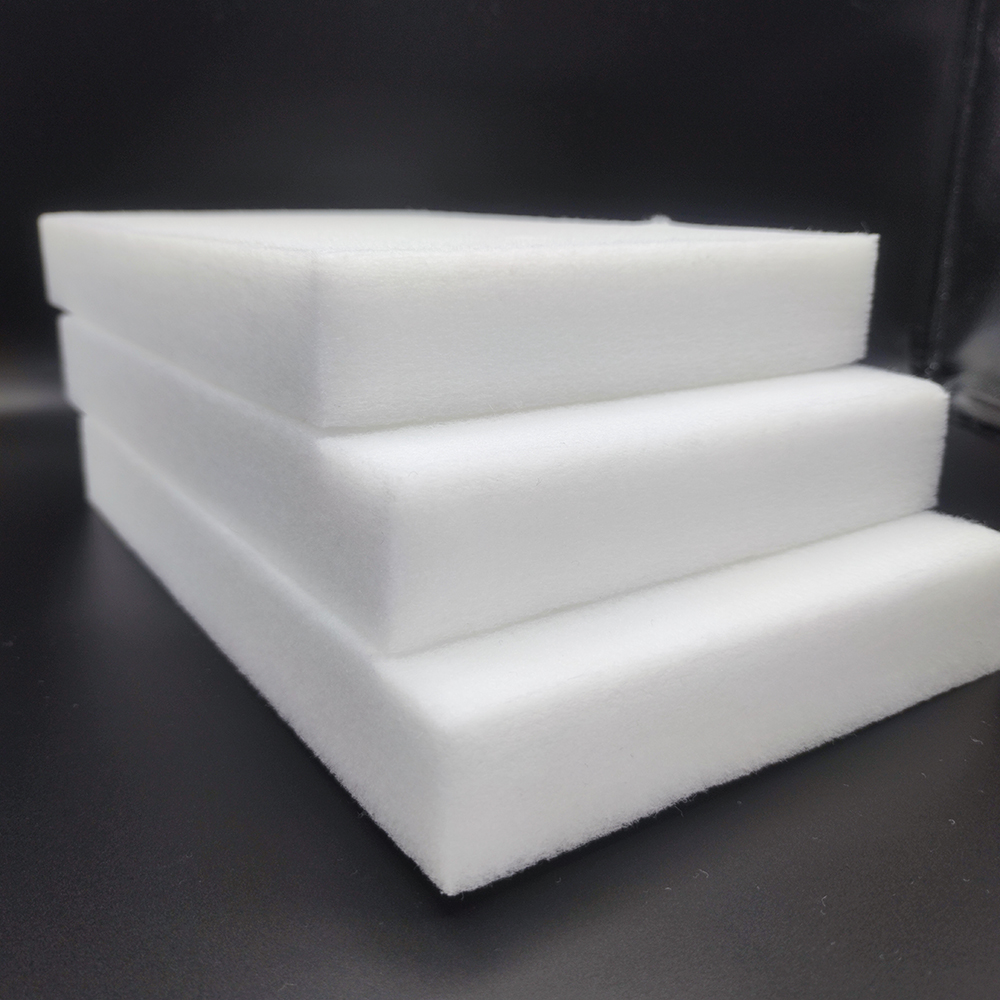
Features and uses of PET Sound-absorbing Nonwoven Fabric
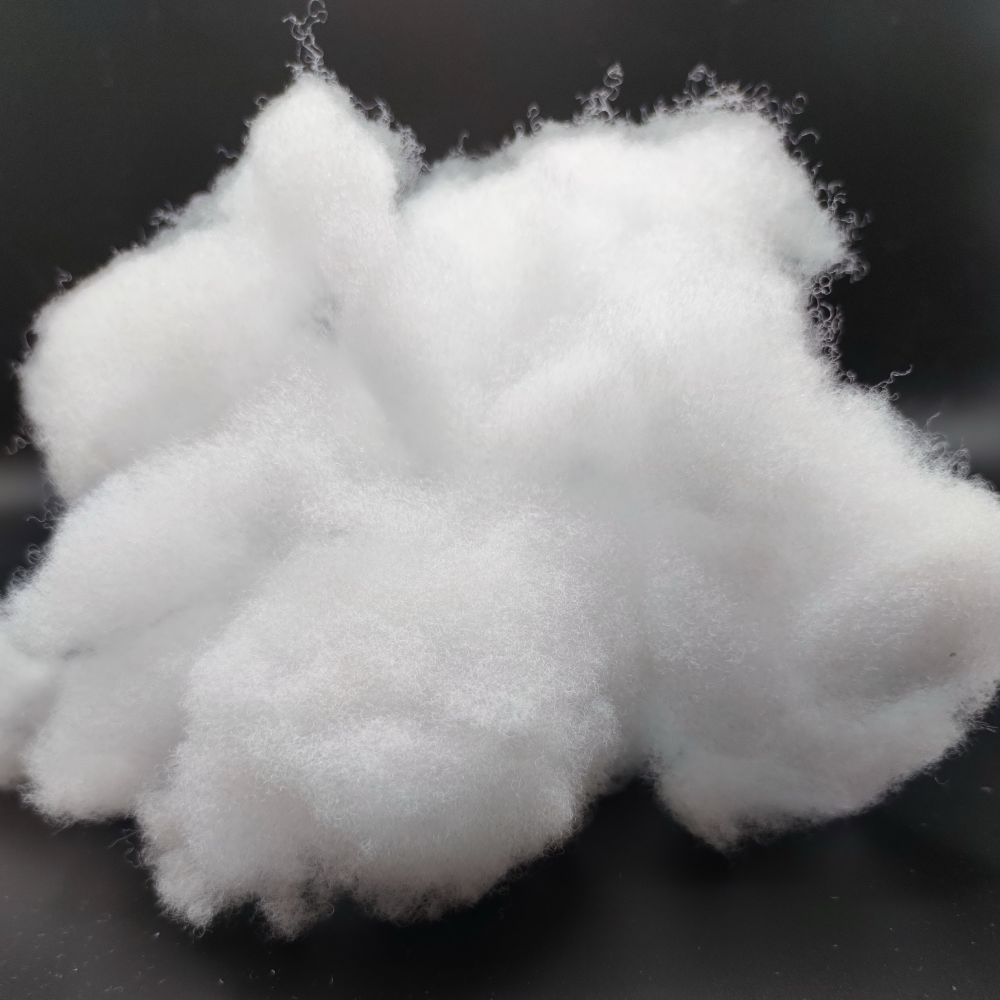
Introduction to PP Fiber Cotton — Filling Materials for Toys
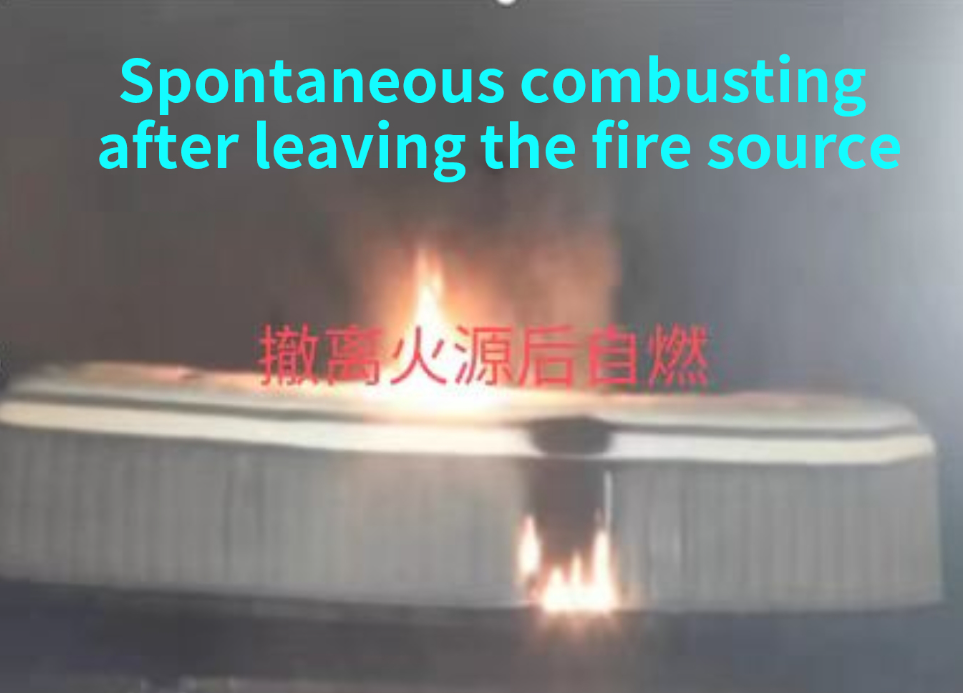
16 CFR Part 1633 Flame-retarding testing process
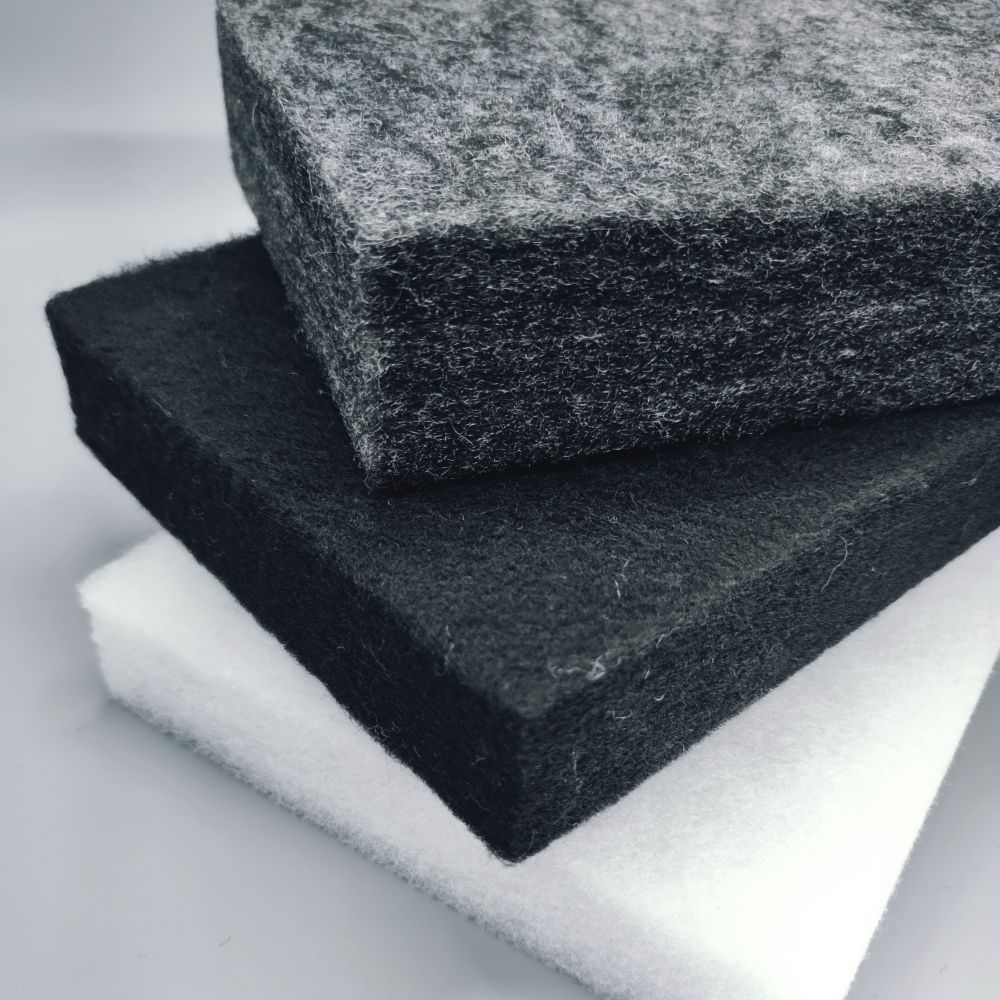
What are the differences between Sound-absorbing Nonwoven Fabric and Sound-insulating Nonwoven Fabric?
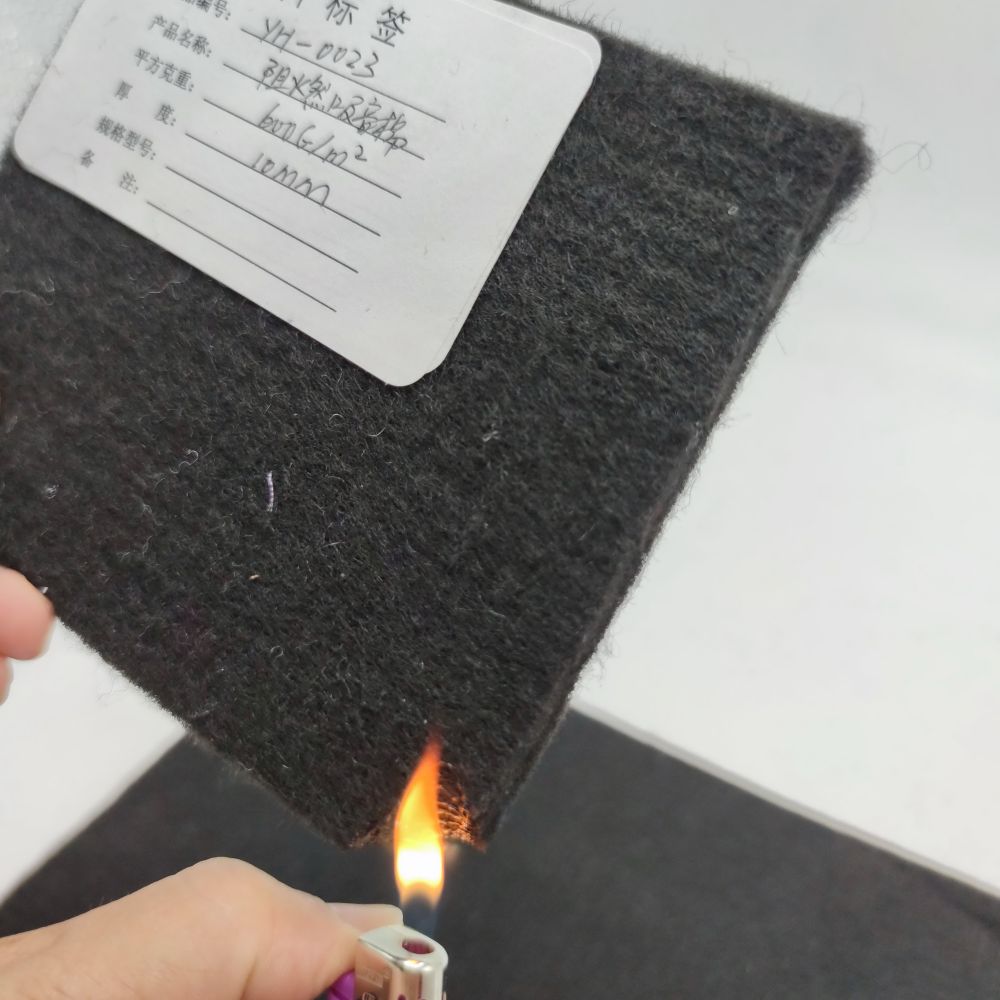
Five Major Features of Fire-proof and Flame-retarding Nonwoven Fabric